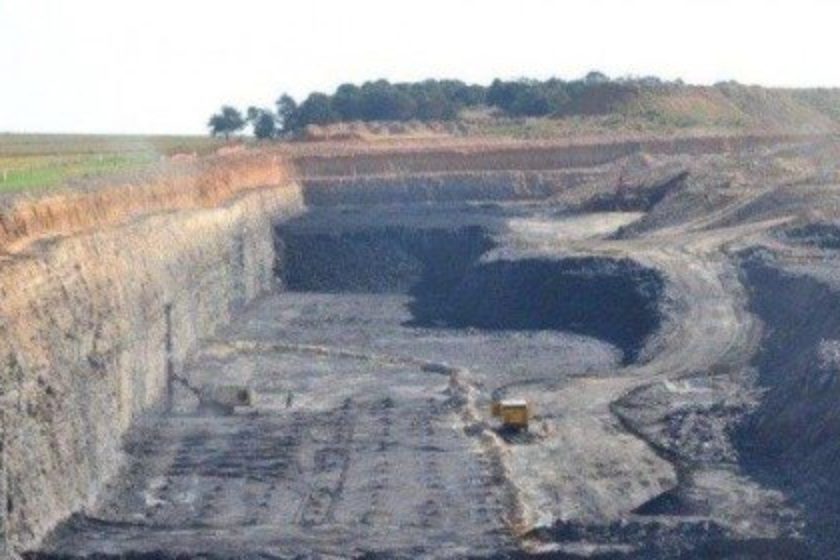Metorex Mining Limited, the South African based mid-tier mining group plans to spend over US$26 million to undertake exploration activities at its Chibuluma mine in Zambia over the next two years, says a mine official.
General Manager Jack Sikamo said while the company already spent US$12.7 million in strategic capital expenditure from 2010 to 2013, more resources have been earmarked in capital expenditure for 2014 and 2015.
In a paper presented during a workshop in Lusaka for various stakeholders recently, Sikamo stated that the company is also looking for acquisitions, explorations and joint venture partnerships with local or foreign companies to expand its operations in the country.
However, the miner is facing key challenges in the operations of the mining companies, among others, falls of ground, copper price reduction and increasing cost of production.
Government legislation without engagement, current resources mined out by 2020, skills retention, underground collisions, men/machines, safety, supervisor safety culture, historically supervisor- dependent and equipment availability and reliability are other challenges facing Metorex Mining Limited, a company established in 1995.
Chibuluma mine, formerly under Zambia Consolidated Copper Mines (ZCCM) and which produced 18,000 metric tonnes of copper last year, is expected to ramp up production to 19,000 metric tons of the red metal this year.
Metorex, a fully, owned subsidiary of Jinchuan International, was created with a vision to expand and explore activities in African base metal industry, based primarily on copper and cobalt production.
The company employing over 3,700 employees, generated group gross revenue US$408 million on copper sales of 45,000 metric tons and 3,000 metric tons of cobalt in 2012. It seeks to increase its outturn despite the challenges faced.
Chibuluma Mines plc is a modern mechanized underground copper mine owned 85 percent by Jinchuan Group Company Limited and 15 percent by ZCCM-IH plc.
The planned extensive exploration work is expected to extend its mine life by several years and significantly increase its minable reserves of both cobalt and copper.
Metorex Mining Limited, the South African based mid-tier mining group plans to spend over US$26 million to undertake exploration activities at its Chibuluma mine in Zambia over the next two years, says a mine official.
General Manager Jack Sikamo said while the company already spent US$12.7 million in strategic capital expenditure from 2010 to 2013, more resources have been earmarked in capital expenditure for 2014 and 2015.
In a paper presented during a workshop in Lusaka for various stakeholders recently, Sikamo stated that the company is also looking for acquisitions, explorations and joint venture partnerships with local or foreign companies to expand its operations in the country.
However, the miner is facing key challenges in the operations of the mining companies, among others, falls of ground, copper price reduction and increasing cost of production.
Government legislation without engagement, current resources mined out by 2020, skills retention, underground collisions, men/machines, safety, supervisor safety culture, historically supervisor- dependent and equipment availability and reliability are other challenges facing Metorex Mining Limited, a company established in 1995.
Chibuluma mine, formerly under Zambia Consolidated Copper Mines (ZCCM) and which produced 18,000 metric tonnes of copper last year, is expected to ramp up production to 19,000 metric tons of the red metal this year.
Metorex, a fully, owned subsidiary of Jinchuan International, was created with a vision to expand and explore activities in African base metal industry, based primarily on copper and cobalt production.
The company employing over 3,700 employees, generated group gross revenue US$408 million on copper sales of 45,000 metric tons and 3,000 metric tons of cobalt in 2012. It seeks to increase its outturn despite the challenges faced.
Chibuluma Mines plc is a modern mechanized underground copper mine 85 percent owned by Jinchuan Group Company Limited and 15 percent by ZCCM-IH plc.
The planned extensive exploration work is expected to extend its mine life by several years and significantly increase its minable reserves of both cobalt and copper.
Source: Mining News Zambia


